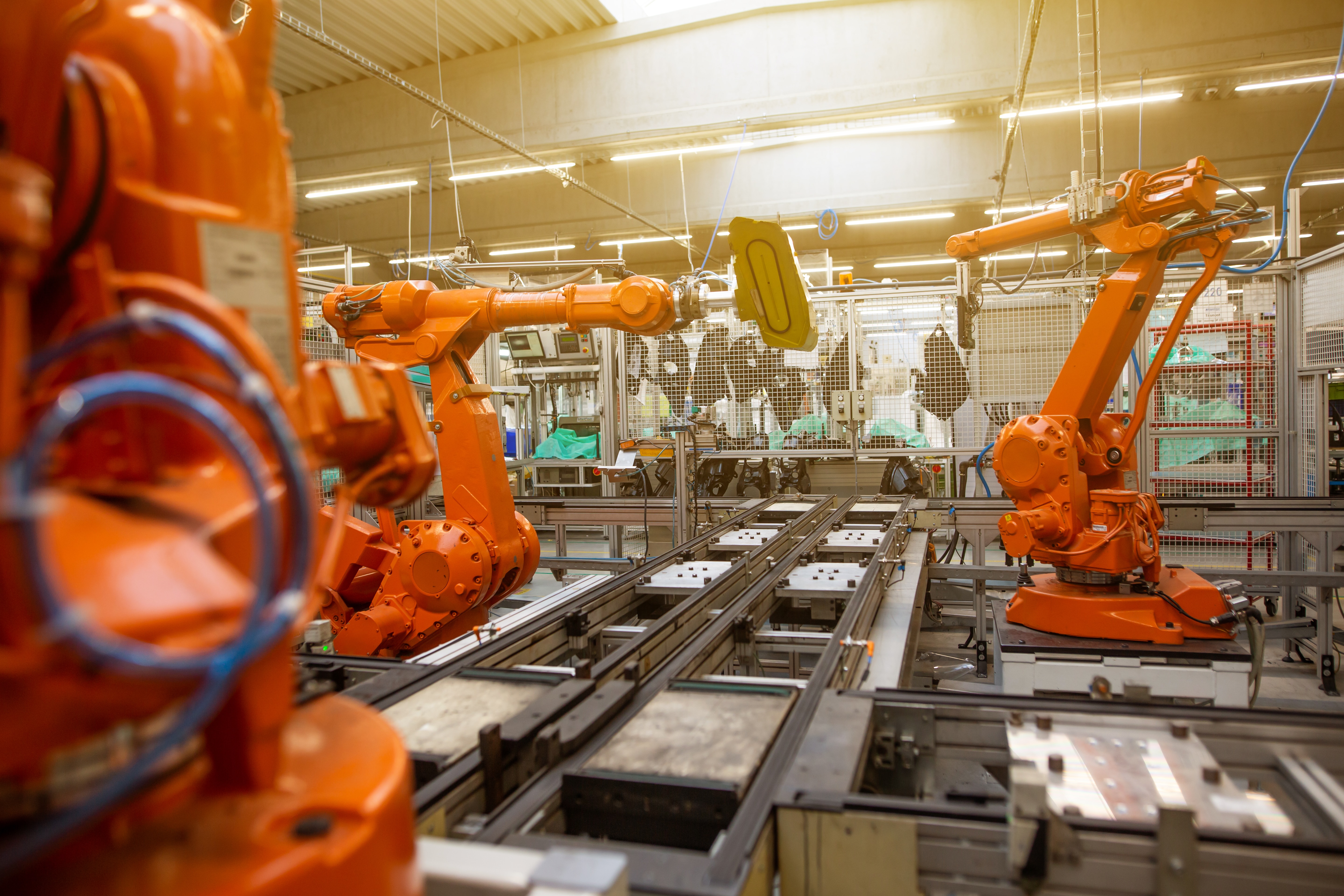December 16, 2024
How to Tackle Product Differentiation in Modern Manufacturing

The Challenge
Manufacturing is built on innovation, yet many products in the sector still look identical. Complex differences in design, engineering, or performance often sit beneath the surface — invisible to buyers unless they’re explained clearly.
That gap between what’s unique and what’s visible is the core problem of product differentiation in manufacturing. And according to the Content Marketing Institute, 45% of manufacturing marketers struggle to differentiate their products from competitors.
So why is this still such a problem in a sector that leads the world in technical innovation?
Why Product Differentiation Is So Difficult
1. Competitive Pressure and Market Saturation
With around 138,000 manufacturers in the UK (ONS), the fight for attention is intense. Mature markets face saturation — 48% of companies say they’re competing in crowded product categories (McKinsey).
Brexit and global competition have only added pressure, with 61% of manufacturing professionals reporting higher competitive intensity (Deloitte).
2. Customisation and Rising Expectations
Buyers want more options, faster. 72% of manufacturers are seeing greater demand for product customisation (PwC), while 67% say customer expectations for uniqueness and quality have surged (Salesforce).
That creates tension between scalable production and personalised value — both essential to differentiation.
3. Product Complexity
As innovation advances, products get more complex. 58% of manufacturing leaders say product complexity makes marketing and education harder (McKinsey).
The differences that matter — internal mechanisms, performance, efficiency — can’t be shown in a photo or brochure. Without being able to show how a product works, buyers often assume everything works the same.
4. Sustainability as Standard
65% of manufacturers now use sustainability as a differentiator (PwC). But as ESG practices become universal, sustainability alone no longer sets brands apart. The challenge now is showing how sustainable practices enhance the product — not just that they exist.
5. Marketing Limitations
Nearly 40% of manufacturing marketers admit they struggle to communicate differentiation effectively (CMI).
Add shrinking budgets and rising content demands — 49% say they can’t produce enough high-quality material (Marketing Engineers) — and it’s no wonder that many great products still look indistinguishable.
How Manufacturers Are Fixing It with 3D Product Marketing
Traditional visuals can’t explain complex engineering. That’s where 3D marketing technology changes the story.
With MarTech3D | Engine, manufacturers use digital twins, interactive 3D demos, and internal product views to make complexity clear and differentiation obvious.
- Show internal workings – Reveal what sets your product apart under the surface with photo-real 3D cut-through animations.
- Make it interactive – Let buyers rotate, open, and explore components at their own pace.
- Educate visually – Replace long presentations with guided 3D walkthroughs that buyers actually remember.
- Sell sustainably – Demonstrate without shipping samples or transporting machines to trade shows.
It’s a practical, measurable way to show real product value — not just talk about it.
Why It Works
- Better Learning Retention: People retain 90% of visual information versus 10% of text (National Training Laboratories).
- Higher Engagement: Over 50% of marketers say visual content is the most effective way to capture attention (TechSmith).
- Proven ROI: Companies using 3D product visuals and AR see an average 10% lift in conversions (Adobe).
- Lower Costs: 3D models reduce the need for physical prototypes and event logistics — ideal as demand for customisation grows.
The Takeaway
In a market where innovation is constant, differentiation comes down to clarity — and clarity comes from showing, not telling.
With MarTech3D | Engine, manufacturers can finally demonstrate what makes their products different — visually, interactively, and with measurable ROI.




.jpeg)









